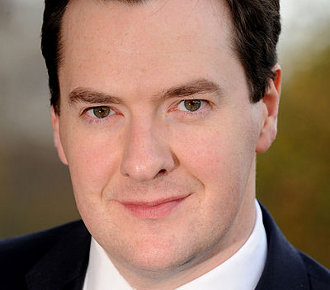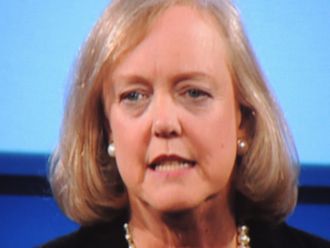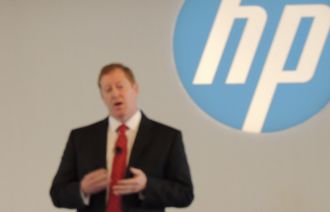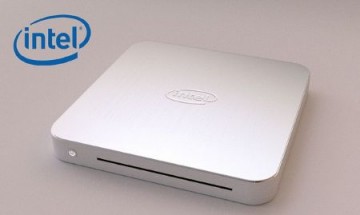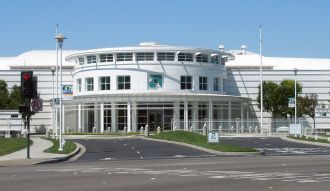 Halifax has unveiled its Insurance Digital Home Index report which claims that a large majority of the UK population would find it tough to revert to a life without smartphones, laptops, and MP3 players – even for one day.
Halifax has unveiled its Insurance Digital Home Index report which claims that a large majority of the UK population would find it tough to revert to a life without smartphones, laptops, and MP3 players – even for one day.
According to the report, 35 million, or 74 percent of the UK checks its emails and social networks before work in the morning. A fifth prefers using the phone or social media rather than face to face interaction, the research claims. Halifax grapped psychologist Dr Aric Sigman, who has previously loudly said in the media that parents should cut kids’ screen time, to say by the age of seven years, the average child will have spent one full year of 24 hour days watching screens.
“By the time they reach 80 they will have spent almost 18 years of 24 hour days watching non-work related screen technology,” Sigman said.
While Sigman warns that the “over-use” of technology is having an effect on all age groups, he asserts that young people in particular will be going through a change in the way we interact. “We have to remind ourselves that technology should be a tool, not a burden or obstruction,” he said.
A compelling argument for introducing sporting items such as the cricket bat to the family telly, you might think. Martyn Foulds, senior claims manager at Halifax, said such arguments are the reason more people should insure their electronics. According to the report, roughly one in 10 lack insurance for their technology items – creating a “potential £32 billion insurance black hole”.
“It’s surprising that despite high investment and heavy reliance on technology, people are still willing to risk losing their items and digital content by failing to ensure they have adequate insurance cover,” Foulds said. “With almost one in five people not insuring their items, this leaves the UK overwhelming exposed to the tune of £32 billion on gadgets alone”.
Although an anecdotal straw-poll conducted by ChannelEye asserted that there is a pervasive viewpoint of insurance as an extortionate wheeze based on fear, Foulds has a point for insurers who want to diversify their portfolio and bring in new revenue streams.
With, according to the report, 35 million people in the UK placing a daily reliance on technology, that is a large section of the public to sell insurance to. Almost a quarter of the UK, Halifax says, would feel a sense of anxiety without their technology.
An enormous 96 percent of the UK population carry their mobiles with them outside the home, while 9 million take their MP3 players with them, and 20 million use their digital cameras away from the home.
As entrenched as technology is, then, insurers should be fiercely competing for contracts and convincing cash-strapped and anxious Brits that tech is as vital as home insurance. Having said that, the technology industry moves so quickly it is not long before devices depreciate in price – replaced by newer models that cost more. It is also more difficult to value the worth of a gadget depending on a range of factors: how long until it is redundant or worth merely pennies? All of these questions are reasons why insuring gadgets could turn even more dosh for insurers.
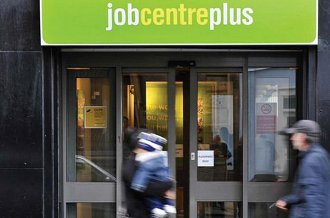 The job centre saw less footfall from October to December last year, with unemployment falling and the number of those in work rising, according to the Office for National Statistics.
The job centre saw less footfall from October to December last year, with unemployment falling and the number of those in work rising, according to the Office for National Statistics.